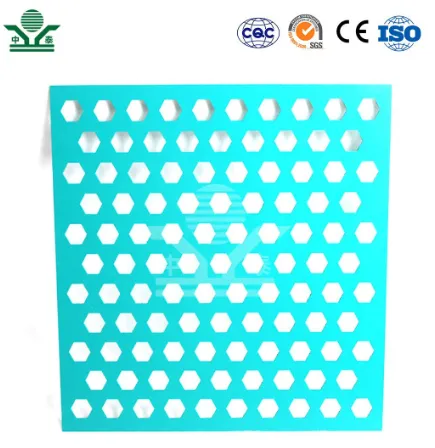Understanding the Importance of Temporary Site Fences
In the realm of construction and event management, temporary site fences play a crucial role in ensuring safety, security, and organization. These fences are often used in various settings, from construction sites to outdoor festivals and community events, and their importance cannot be overstated.
Safety First
One of the primary purposes of temporary site fences is to establish a safe perimeter around an area. Construction sites, in particular, can pose significant hazards to the general public. By erecting a sturdy fence, contractors can restrict access to areas where heavy machinery is in operation, hazardous materials are stored, or where ongoing structural work poses risks. This barrier not only protects unauthorized individuals from potential accidents but also mitigates liability for the project owners.
Furthermore, temporary site fences help to keep children and pets away from dangerous zones. When a construction site is left open, curious children may wander in, leading to potential injuries. The implementation of a secure fence helps in safeguarding the community and creates a clear boundary that discourages unwanted entry.
Security Enhancement
Theft and vandalism can severely impact construction projects, leading to delays and increased costs. Temporary site fences provide a physical barrier that deters criminals from entering the site. Many of these fences are made of robust materials and can be equipped with additional security features such as locks and alarms. Furthermore, when combined with security cameras or night lighting, these fences significantly enhance the overall security of the site.
In addition, during large events or festivals, temporary fences help manage crowd control. They can be used to create designated entry and exit points, ensuring that attendees can move safely and efficiently through the venue. This is particularly important in emergency situations, where a quick evacuation is necessary. A well-planned fence layout can facilitate smoother crowd dynamics and prevent panic.
temporary site fence

Organizational Benefits
Temporary site fences can also assist in organizing spaces more effectively. For events, fencing can delineate specific areas for activities, vendor booths, or resting spots, ensuring that participants know where to go. By managing the flow of people, organizers can create a more enjoyable experience and help attendees navigate the location without confusion.
In construction, site configuration can be established using temporary fencing to outline boundaries designated for storage, work zones, and safety areas. This organized layout aids in optimizing workflow and improving overall efficiency on-site. Workers can easily recognize their working boundaries, reducing the risk of accidents and facilitating better communication among the team.
Versatility and Customization
One of the most appealing features of temporary site fences is their versatility. They come in various types, including chain link, solid panels, and mesh fencing, each serving its unique purpose depending on the specific needs of the project. Additionally, many companies offer customization options, allowing businesses to add branding or signage to the fences. This not only enhances security and organization but also promotes visibility for sponsors or contractors, effectively turning a practical safety measure into an advertising opportunity.
Conclusion
In summary, temporary site fences are essential tools in managing safety, security, and organization in various environments. Their role in protecting the public, securing construction sites, and facilitating effective event management cannot be overlooked. As industries continue to evolve, the need for innovative fencing solutions will grow, ensuring that temporary site fences remain a vital aspect of site management for years to come.
-
Why Galvanized Trench Cover Steel Grating Resists Corrosion
NewsJul.10,2025
-
The Versatility and Strength of Stainless Expanded Metal Mesh
NewsJul.10,2025
-
Load Calculations in Steel Grating Platforms
NewsJul.10,2025
-
Keeping Pets and Kids Safe with Chicken Wire Deck Railing
NewsJul.10,2025
-
Hole Diameter and Pitch for Round Perforated Metal Sheets
NewsJul.10,2025
-
Aluminium Diamond Mesh in Modern Architecture
NewsJul.10,2025
Subscribe now!
Stay up to date with the latest on Fry Steeland industry news.

